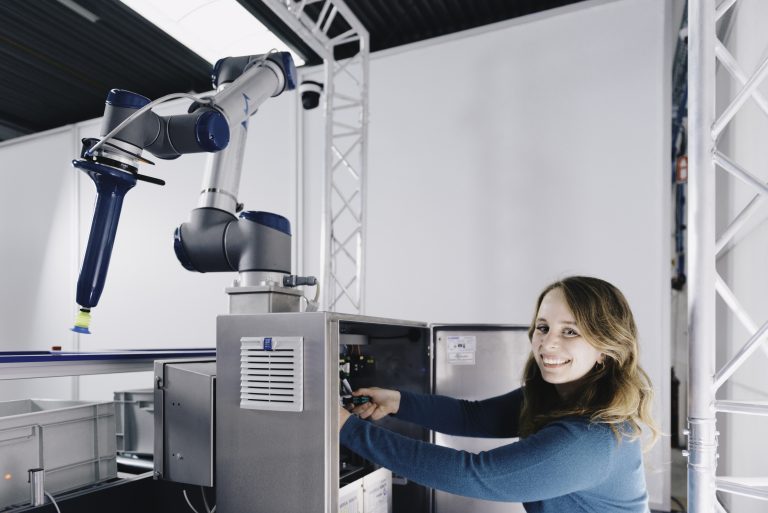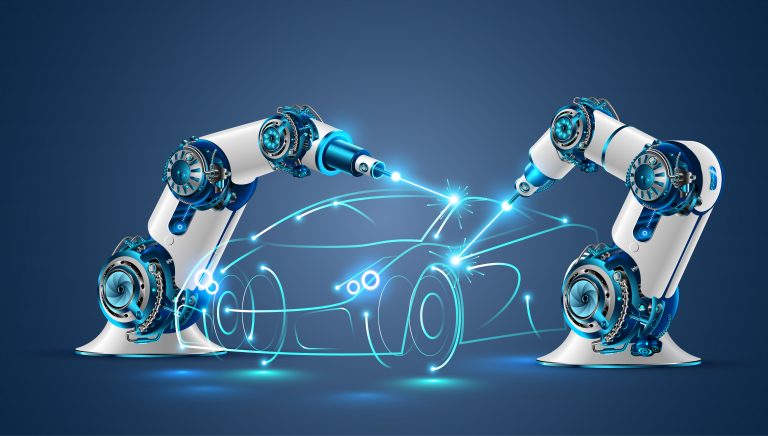As an Embedded Software developer, the creation of scenes, including his animations and functionalities, is an important part of many projects. In this kind of project, the developer is usually involved in 3 of the most important steps of the process:
- functional specify of the requirements
- code development
- validation tests.
The requirements are the base of it all, allowing us to be aware of the goal of the elements that are being created.
There are some applications that can be used for the creation of the visual elements (this is included in the code development step), being the CGI Studio one of them. Based on 2D and 3D Candera Engines for graphical interfaces and providing a seamless process flow within a single development toolchain, this specific application lets us implement the proper visual elements that we need, using different types of widgets and allowing the scene to be functional and to interact with others.
When this creation is finished, a binary with the proper implementations is generated. After this, with a Linux environment and using the programming language of the project (C++ usually), a structure is created to allow us to control the entire functionality, to communicate with other parts of the system, and deal with the signals of receive and send to the logical part with the necessary information, making use of the Visual Code for the whole process. Once finished, the code is compiled using the Yocto Project scripts, with the finality of troubleshooting possible errors.
After all the implementations, the validation test step can then be started. This is also a very important stage once it is at this very point that we can confirm that all the work is done and accomplished so far ties in with the requirements needed. Vector CaNoe is one of the applications that are often used for this purpose for the reason that with that (and using a cluster that allows us to see the scenes that are implemented) we can simulate, sending CAN messages, the test cases that we need and therefore approve the development made.
Once the process is successfully finished, all the work is uploaded using Git and Repo commands, and the code is reviewed, validated, and integrated into the stream, using that the Gerrit Code Review.
This is, in a nutshell, one of the possibilities for a correct and functional working model to create and integrate visual elements inside a cluster with all the correct functionalities.

Post written by Alfredo, Engineering Consultant










